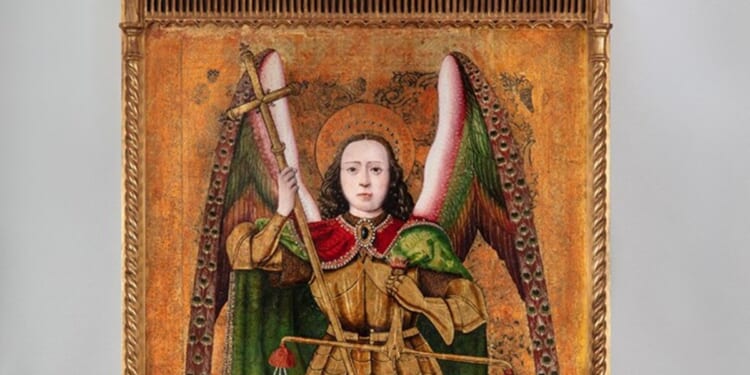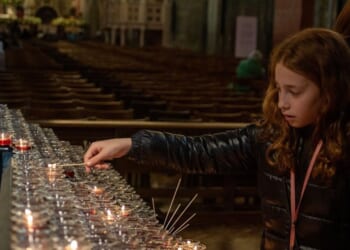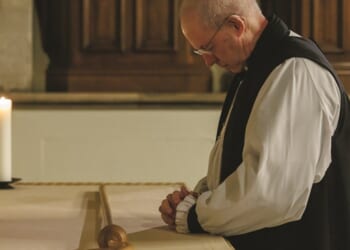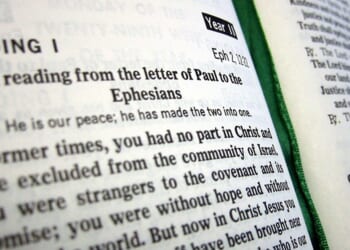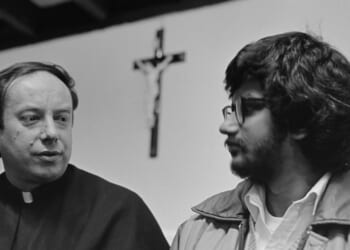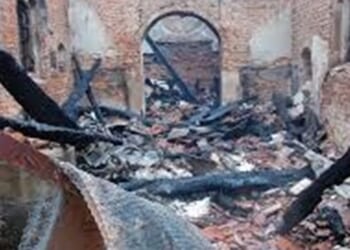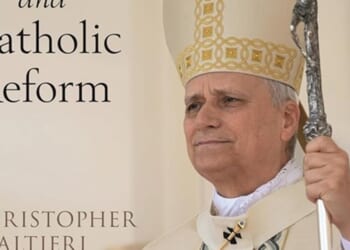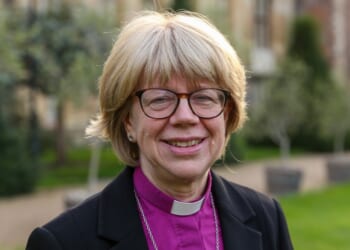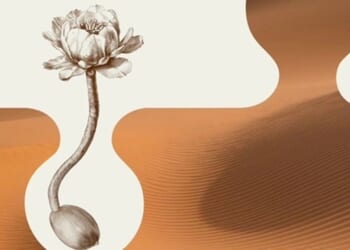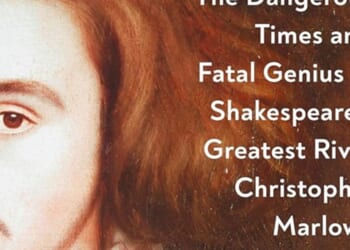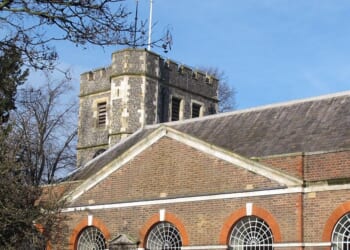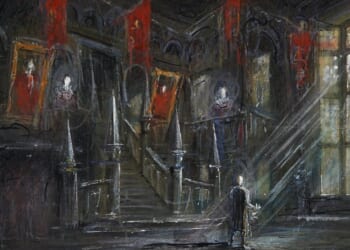WHEN Lord Clarke first launched the 13-week television series Civilisation, in February 1969, it cost half a million pounds. In the spirit of Lord Reith’s foundation charter, the art historian and former Director of the National Gallery offered the nation a personal view (a compendious guide, let the reader understand) of what had come to define “Western culture”. Within two months, a Royal Charter established the Open University. Education was being taken beyond the classroom and offered across the nation.
The colour TV series and subsequent book had set standards rarely met since by those who decry the presumption of privilege or who have been challenged to make similar programmes. But, even allowing for the post-Civil War Spanish years of social ostracism on the international scene, the omission of any consideration of Iberian arts is indefensible. For Clarke, El Greco, Velázquez, Zurbarán, and Goya might never have existed, despite generations of British travellers on the Grand Tour and the collections of Apsley House, Manchester House, and the Bowes Museum.
As a result, Spanish art, especially the earlier medieval and Renaissance art, is not widely known in the UK, which is what lends Jonathan Ruffer’s venture in the Spanish Gallery in Bishop Auckland such importance.
Sam Fogg’s autumn show highlights art from Spain spanning the mid-15th century to the 1520s in Castile-Leon and Aragon. It bridges, therefore, the period of the Reconquista, the proclamation of the Catholic Kings of Spain, the “discovery” of the Americas in the 1490s, and the rise of Spanish power in the heart of Rome with the Borgia pope Alexander VI.
The earliest work on show is a Catalonian polychromed wooden sculpture of St Christopher bearing the Christ child on his shoulders; two other teenage pilgrims are hitched on to his belt as he crosses the river, its waters rippling across his red-shod feet.
It concludes with a wooden triptych of The Virgin and Child between Saint James the Great and Saint Catherine, who each present donors carved by the Toledan Sebastián de Almonacid (1460-1526). James, with his pilgrim’s hat badge, staff, and beads, presents an ecclesiastic, or possibly a lawyer habited in black. Catherine, with her crown and holding a book and sword, nudges forward a tonsured monk.
The smaller scale of the work, intended for private devotion, allows the sculpture a fluidity lacking in Sebastián’s stone carving for the cathedral of Segovia of the Lamentation, in which St Mary Magdalene and St John stand either side of the Virgin, across whose lap is laid the dead Christ. Here, Mary and the Child Jesus have porcelain-white skin and rivers of straw-gold hair. The Virgin wears a richly embroidered dress of old gold with a blue mantle lined in green.
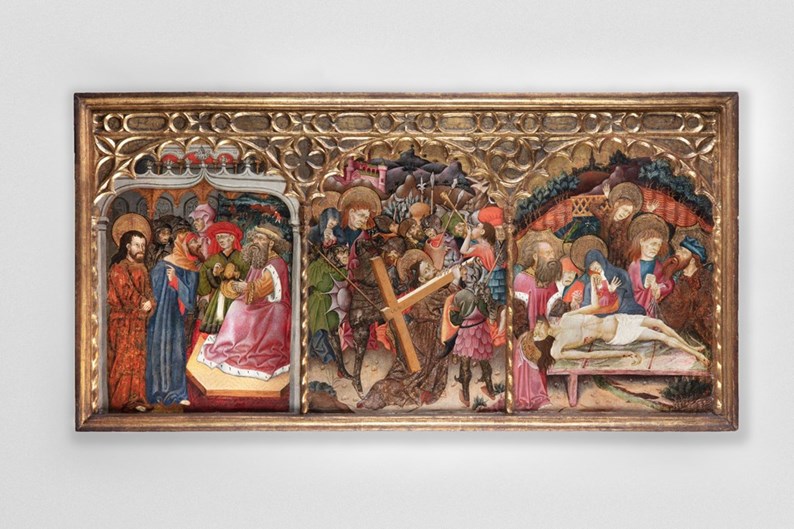 Sam FoggA banco depicting three scenes from
Sam FoggA banco depicting three scenes from
the Passion of Christ (Catalonia, c.1440), 77.5 x 151 x 8.5 cm, tempera, gilding and silvering
on softwood panel. The blue pigment decorating the gilded tracery reinforced and partially reconstructed. Aluminium cradling battens attached to the reverse.
From the high altarpiece for a parish church in Lleida (Sant Pere de Cubells) comes a panel (c.1390-95) of St Peter healing Aeneas at Lydda (Acts 9.32-35), a rare choice of iconography to celebrate the power of the Name of the Risen Lord of Easter. The Museu Maricel has two further panels depicting the Nativity and the Resurrection.
Three other works caught my eye in this absorbing show of Spanish Christianity.
Two panels (c.1440) come from the workshop of the Master of Torralba, who was active in Zaragoza, Huesca, and Teruel; in The Flight into Egypt, Mary carries a swaddled babe in arms to safety. Months before, seated on his mother’s lap to receive the homage of three kings, the boy Jesus is tricked out in a smart crimson tunic with a green cincture.
Two other panels from Palencia (The Master of the Becerril Saints, c.1450) show the Adoration of the Shepherds and of the Kings. A shepherd bagpiper, chrysalis-like in a red cape and wearing white leggings, pipes away, regardless of his herdsman looking up to the heavens. It is all too much for the infant, who lies naked, his finger to his lips as he widdles on the green-tiled floor.
The crowded scene of the Circumcision painted in tempera by Blasco de Grañén (c.1400-59) is grouped around a dressed altar with a white altar linen, fringed antependium, and red cloth-of-gold altar frontal. Mary holds forward the naked Christ to a figure who is wearing a mitre and wielding his izmel, beside whom is a young curly-headed lad with a gold chalice in his hands, ready to catch the first blood of the Saviour.
“Retablos II: Spanish Paintings and Polychromed Sculpture from the 13th to 16th Centuries” is at Sam Fogg, 15a Clifford Street, London W1, until 17 October. Phone 020 7534 2100. www.samfogg.com

